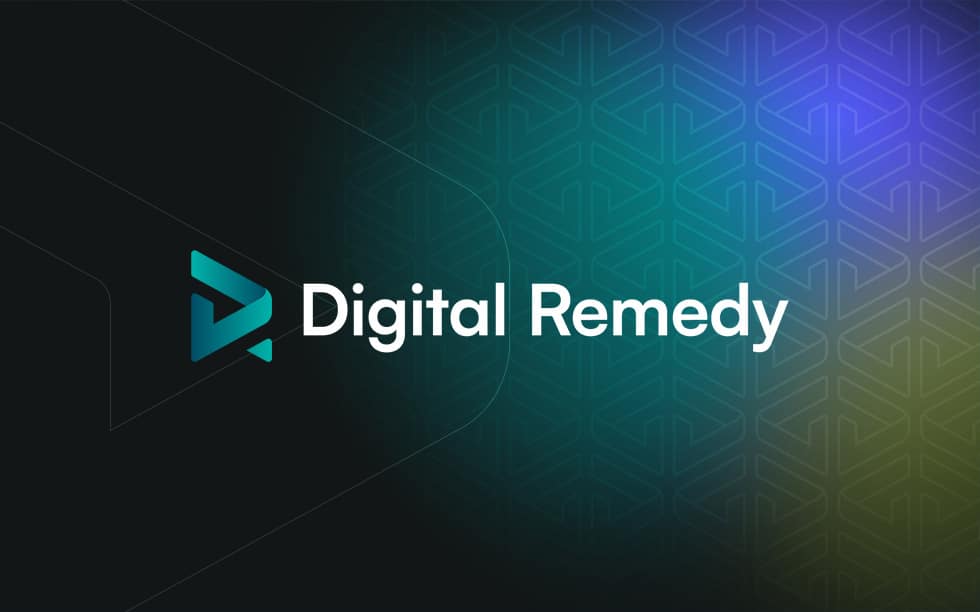Mar 23, 2020
In times of severe economic, political, or social change, information is vital. With roughly 1.73b individuals actively using Facebook, 788.4m on Instagram, and 284.3m active Twitter users, social media platforms can act as the first source of information for the ever-growing number of users from around the world. Up from 47% in 2018, 55% of U.S. adults…

In times of severe economic, political, or social change, information is vital. With roughly 1.73b individuals actively using Facebook, 788.4m on Instagram, and 284.3m active Twitter users, social media platforms can act as the first source of information for the ever-growing number of users from around the world. Up from 47% in 2018, 55% of U.S. adults are often or sometimes getting their news updates from social media. Providing them insight on what’s going on, what to expect, and how to prepare in times of crisis.
The power of being connected with millions of people around the world in real-time can provide a sense of community in times of confusion. Yet, while many individuals use their platforms to share personal experiences and opinions, what happens with the information being circulated is simply not true? As we navigate the case of COVID-19, where the uncertainty ahead requires fast action and thorough communication, misinformation can spread just as quickly as the virus itself.

In the age of “fake news,” many have become accustomed to looking at social media with a skeptical eye. However, in times of local, national, and global emergencies, the desperation for information creates a dangerous environment for those looking for any relief to their concerns. The power of social media comes with the access it provides to real-time updates and resources through platforms like Twitter and Facebook, which are among the earliest sources of accurate COVID-19 information. However, these outlets run off algorithms that simply pull posts that are getting the most engagement, whether they are true or not. With many already on edge, misinformation and sensationalism online will often spread quicker due to their often emotionally-charged and shocking content. With headlines such as “Surge of Virus Misinformation Stumps Facebook and Twitter” and “One Dangerous Coronavirus ‘Self Check Test’ is Circulating on Social Media,” many (but not enough) are beginning to realize that Facebook, Twitter, and Instagram may not be the safest places for finding information.
The spread of COVID-19 over the past few months has only helped to heighten the risks of misinformation, and have most platforms scrambling to find ways to slow the spread. In a joint statement released earlier this week, social media platforms Facebook, Twitter, LinkedIn, and Reddit along with other tech giants like Google, Microsoft, and YouTube banned together to promise to combat the spread of inaccurate news by “elevating authoritative content on our platforms, and sharing critical updates in coordination with government healthcare agencies around the world.” These platforms also have begun taking extra measures towards adding new information to help make them more reliable outlets to gain updates, as well as keeping an eye out to ensure advertisers are also behaving. While some advertisers may try to capitalize on the new normal, they are advised to be careful about coming off too strong by exploiting the current situation to their benefit. As always, these platforms have protections put in place to ensure that misinformation is not spreading through social advertisements as well and are even adding more preventative measures to keep users safe and informed.

As a part of these added precautions to prevent misinformation, Facebook recently began rolling out a COVID-19 Information Center, which will appear at the top of users’ news feeds and will contain live updates on the virus as well as helpful details on how to prevent the spread of the virus, and how to best support local communities. Twitter has also made moves to update its safety rules to require users to remove tweets that increase the chance of someone contracting or transmitting the virus. Local and national governments have also begun to join the fight against the spread of harmful or dangerous information by creating their own social media graphics that share proper health practices to offset the spread of COVID-19, and are encouraging users to share them on their social platforms. Despite these moves to help keep social media users properly informed, however, the mass quantity and speed at which information is posted, continues to create barriers.
While most platforms are making moves to try to prioritize accurate information, they still struggle due to their open-source news feeds which require constant surveillance on all content, making it nearly impossible due to the sheer volume of content being shared. As hopeless as it sounds, social media users can find solace in the fact that one platform is not only well-equipped and ready to share dependable and trustworthy information but is fundamentally built differently from the rest, preventing the uncheckable spread of misinformation. Snapchat.
With disappearing messages, Snapchat decreases the possibility of lasting harmful messages, while the absence of a centralized news feed with content created by users outside of one’s personal network prevents the spread of misinformation to a mass audience. Outside of celebrities, almost all interactions on the app are between a user and their close personal network. Those that are not directly between a user and a friend will most often take place in the Discover tab, where users are able to find stories, videos, and news regarding just about any topic.

So, how does this make Snapchat so different from other platforms after all? Simply, the Discover tab is not an open news feed. All year long, content is carefully curated with only a select number of publisher partners, providing a very controllable environment. All partners and content are carefully vetted prior to being added to the Discovery tab, and users sharing content that deceives or deliberately spreads false information are prohibited. Though Snapchat generally uses these year-round to protect against ad fraud, they have now turned these practices towards ensuring their partners include trusted news outlets such as The Washington Post and The Wall Street Journal who are sharing the latest updates on COVID-19 along with public health organizations like the World Health Organization (WHO) explaining the safest practices during these times. The White House has even taken to the social media platform with a message from the President as well as more information on how to stay healthy and keep others safe throughout the next couple of months. With 218m daily active users, Snapchat is certainly taking proactive measures towards making sure accurate information is being distributed to its audience.
Though the Discover Tab is where most users can go to get information, Snapchat, of course, recognizes that many organic conversations are going on as well. In a recent blog post shared addressing coronavirus, Snapchat released the most popular conversation topics on the platform which show a clear concern for health and safety during the COVID-19 outbreak with language surrounding “hand washing,” “hazmat suits,“ and “coughing” showing up amongst the most frequent terminology. To help further educate users, Snapchat has begun working with partners such as the WHO to create educational filters and bitmojis that can be viewed, used, and shared by the millions of Snapchat users.

As advertisers learn more about COVID-19 and the spread of misinformation, many are using social media as a place to share information of their own. Many brands and companies are utilizing these channels to share with their consumers what they are doing to prevent the spread of the virus, and how they are adapting their business practices to navigate this time. Others are using social media to spread messages of hope and unity, as seen in Guinesses’ St. Patricks Day ad. The issue at the forefront of most brands’ minds right now, is to maintain their business as much as possible, without being seen as insensitive or like they are taking advantage of the current situation. Brands like KFC, Hershey, and Coors Light have recently pulled campaigns or scrapped their plans altogether. Twitter has even stepped up to provide advice on how and when businesses should use social media to share information on the virus and how it is affecting their operations, identifying scenarios when companies should and should not take to the platform to share news. Though advertisers now may have to consider a few more elements of their campaigns, the best advice is to stay informed on what’s going on, avoid getting involved in the spread of information that does not directly relate to your brand, and consider how campaigns will be received and interpreted by the general public in this current climate.
With COVID-19 proving its weight as a worldwide epidemic, causing millions of users to look for answers from all sources, it is not only important but necessary to ensure the information you are taking in is reliable and correct, especially from social media. Though many may see social channels as somewhat unreliable in this field, new efforts, practices, education, and leadership from tech giants, governments, and industry experts alike are working hard to combat that perception, especially during these pivotal moments of uncertainty.
Related Posts

In the constantly evolving digital advertising landscape, agility and flexibility are paramount. As agencies and advertisers look to maximize.

When COVID-19 upended the world in early 2020, the ripple effects were swift and far-reaching across every industry, and.

As artificial intelligence continues to dominate headlines and industry conversations, confusion still lingers—especially around the relationship between artificial intelligence.